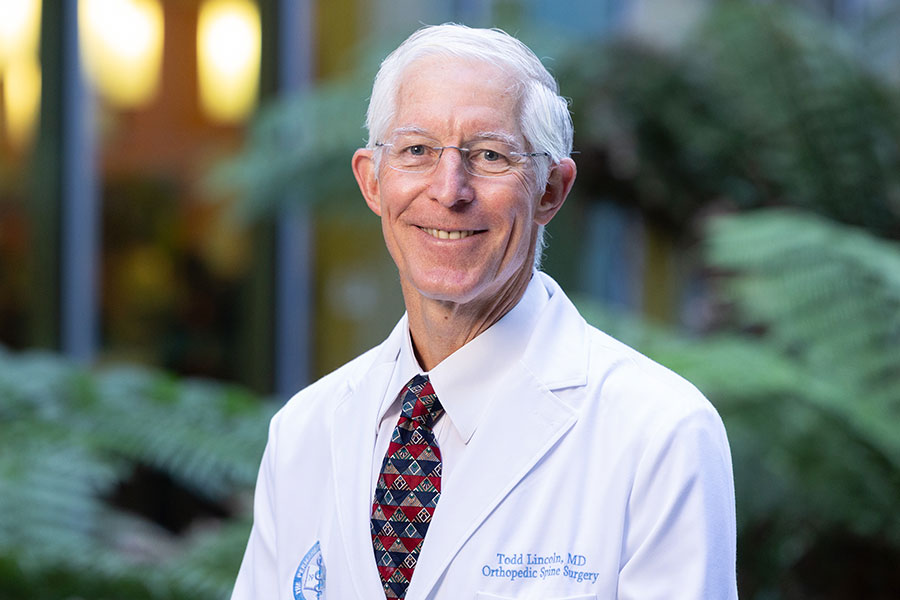Editorial
JAMA Dermatology
By Kenneth A. Katz, MD, MSc, MSCE; Erika E. Reid, MD; Mary-Margaret Chren, MD
Is drug sampling—when physicians give samples of prescription medicines provided by pharmaceutical companies to their patients—good or bad? Is the answer different for dermatologists than it is for other physicians?
Many dermatologists have already answered those questions: “bad” and “no.” Numerous institutions have banned or sharply restricted drug sampling, including the Veterans Health Administration, the US military, many universities, and Kaiser Permanente. Many private clinics have done so as well. Other organizations, including the Association of American Medical Colleges, the American Society of Health-System Pharmacists, the Institute of Medicine, and the Joint Commission, have also recommended curtailing and/or controlling drug sampling. But those questions linger in other medical settings, including many private practices not subject to institutional antisampling policies.
During recent decades, dermatologists have voiced opinions on drug sampling that have ranged from favorable to starkly opposed. On the industry side, the Pharmaceutical Research and Manufacturers of America—the trade organization representing leading US pharmaceutical and biotechnology companies—states in its code on interactions with health care professionals that the legal provision of product samples is “appropriate.” Drug companies continue to provide many physicians with drug samples, valued in 2011 at an estimated $6.3 billion.
Proponents of sampling argue that the practice benefits patients by improving care and decreasing cost. A recent commentary by dermatologists on sampling in dermatology asserts that these benefits outweigh the harms, particularly when samples are for topical rather than oral use.
With respect to improved care, proponents state that samples can increase adherence by giving patients a choice of vehicle, by enabling immediate initiation of treatment, and by facilitating in-office patient education. Moreover, proponents argue, sampling encourages physicians to use new medications that might be superior to generics. As for cost, some proponents note that samples can benefit poor or uninsured patients who could not otherwise afford a drug. In addition, samples might spare patients the cost of short courses of drugs, or the expense of purchasing prescription medicines until patients have tried the medicines and found them effective and tolerable.
But others have countered those claims. Arguing against the practice of sampling, one dermatologist noted that excellent outcomes in dermatology are routinely achieved in settings where sampling is prohibited. The same critic piquantly observed that teaching patients how to apply topical products requires no samples but simply “descriptive language, time, and a pot of Crisco.”
Published studies have demonstrated the harms of sampling. Sampling can influence physicians to prescribe less appropriate medications. Furthermore, outcomes might be worse if patients ultimately are unable to afford or obtain sampled drugs. Sampling circumvents the involvement of pharmacists, who can help identify drug interactions, counsel patients on safety issues, check expiration dates, and document information needed in case of product recalls or identification of new drug interactions.
Moreover, samples typically are newer medicines that lack robust safety data or safety profiles and therefore could be associated with increased risk of adverse effects. For example, 2 years after it gained US Food and Drug Administration approval, rofecoxib ranked as the most widely distributed sample in the United States. Only 3 years later, in 2005, the drug was withdrawn from the market because of increased risk of heart attack and stroke. Similarly, among the 15 drug samples most widely distributed to pediatric patients in 2004, 4 received new or revised black box warnings within the next 2 years. One of those drugs was pimecrolimus, a medicine frequently prescribed at the time by dermatologists. In 2006, topical pimecrolimus and tacrolimus both received black box warnings that noted a potential increased risk of skin cancer and lymphoma.
What about purported economic benefits of drug samples for less well-off patients? In fact, fewer than one-third of samples are actually given to poor or uninsured patients and are often taken by physicians for personal or family use, or by pharmaceutical representatives themselves. It is also not clear that sampling results in lower individual patient costs. A national survey-based study of patients with multiple medical conditions showed that those receiving samples had higher out-of-pocket costs compared with patients not receiving samples. Other methods to help the poor or uninsured gain access to needed medicines, including vouchers, subsidies, and company-sponsored assistance programs, are likely more effective than samples. Furthermore, samples increase the cost of medicines for all patients by encouraging doctors to prescribe more expensive drugs.
In the absence of evidence that samples actually improve patients’ outcomes, and in light of safety concerns and negative cost consequences associated with samples, why do dermatologists and other physicians continue to sample?
At least in part, the answer lies in a sincere, if misguided, belief among physicians that sampling—which many of us learned to do as residents—has no negative consequences and benefits patients. It might be easier for physicians (and certainly nonphysicians) to comprehend the conflicts of interest posed by, say, “free” tickets to sports events, boondoggles to the Caribbean, or even branded pens. Those inducements have been long since banished from the acceptable marketing toolkit of responsible pharmaceutical companies. But samples of topical medicines? Comprehending the conflict of interest contained in 5 mg of cream might be harder. The whole sampling regime is cloaked in the guise of generosity—“free” gifts given from a pharmaceutical representative to a physician, who in turn regifts them to a patient. Seemingly everyone wins. But as the literature shows, there is a cost to “free” samples.
Now, in this issue of JAMA Dermatology, Hurley et al provide important evidence of the very real costs of sampling in a dermatology-specific context. These investigators examined prescriptions for new patients with acne vulgaris and acne rosacea written by dermatologists comprising a nationally representative sample and dermatologists working at a single academic medical center. In the national representative sample, dermatologists were increasingly likely to prescribe medicines—in particular, branded generic medicines—for which they also provided samples. That was true for dermatologists’ prescribing overall, and even more so in the case of acne rosacea, for which the percentage of prescriptions accompanied by samples rose from 10% to 25% during 2001 to 2010. (Meanwhile, during the same period the percentage of prescriptions accompanied by samples among nondermatologists actually decreased, from 7% to 4%.) The most commonly prescribed medicines provided with samples changed yearly, tracking—tellingly—the availability of samples each year.
Prescribing practices at the academic medical center were markedly different. Dermatologists at the academic medical center, where samples are prohibited, prescribed generic medicines in most cases. The bottom line—literally—was that the estimated average retail costs of prescribed medicines in the nationally representative sample ($465) were more than double those of prescribed medicines at the academic medical center ($200).
This study is commendable. The focus on prescribing for a common skin ailment is important, because dermatologic practice has not commonly been included in studies of drug samples. There are important limitations, as Hurley et al rightfully acknowledge. The study was cross-sectional and did not determine causality, and no clinical outcomes were assessed. But the demonstrated association between samples and prescribing is strong and is consistent with a growing body of evidence that drug samples affect physician prescribing practices.
Hurley et al conclude their article by calling for policies to “properly mitigate” the “inappropriate influence on prescribing patterns.” We agree, and furthermore call on our own profession’s leaders to help dermatologists recognize the lack of evidence of benefit from samples and the substantial evidence of harm to patients and to the health care system.
Our specialty should take a strong, united stance discouraging physicians from dispensing free drug samples in any form, including topical medications. We believe this position best serves the health and economic interests of the patients we see. The American Academy of Dermatology, the Association of Professors of Dermatology, and related professional institutions should oppose sampling by dermatologists and join with leaders of other specialties to discourage sampling by physicians in general.
Questions about the appropriateness of drug sampling are increasingly settled. It is time for dermatologists and other clinicians to clear drug samples from clinic closets. Alongside those other inappropriate tools of drug marketing—sports tickets, Caribbean junkets, and free pens—samples belong not in dermatologists’ closets, but in our dustbins.
This editorial was originally published in JAMA (Journal of the American Medical Association) Dermatology on April 16, 2014. doi:10.1001/jamadermatol.2013.9711






